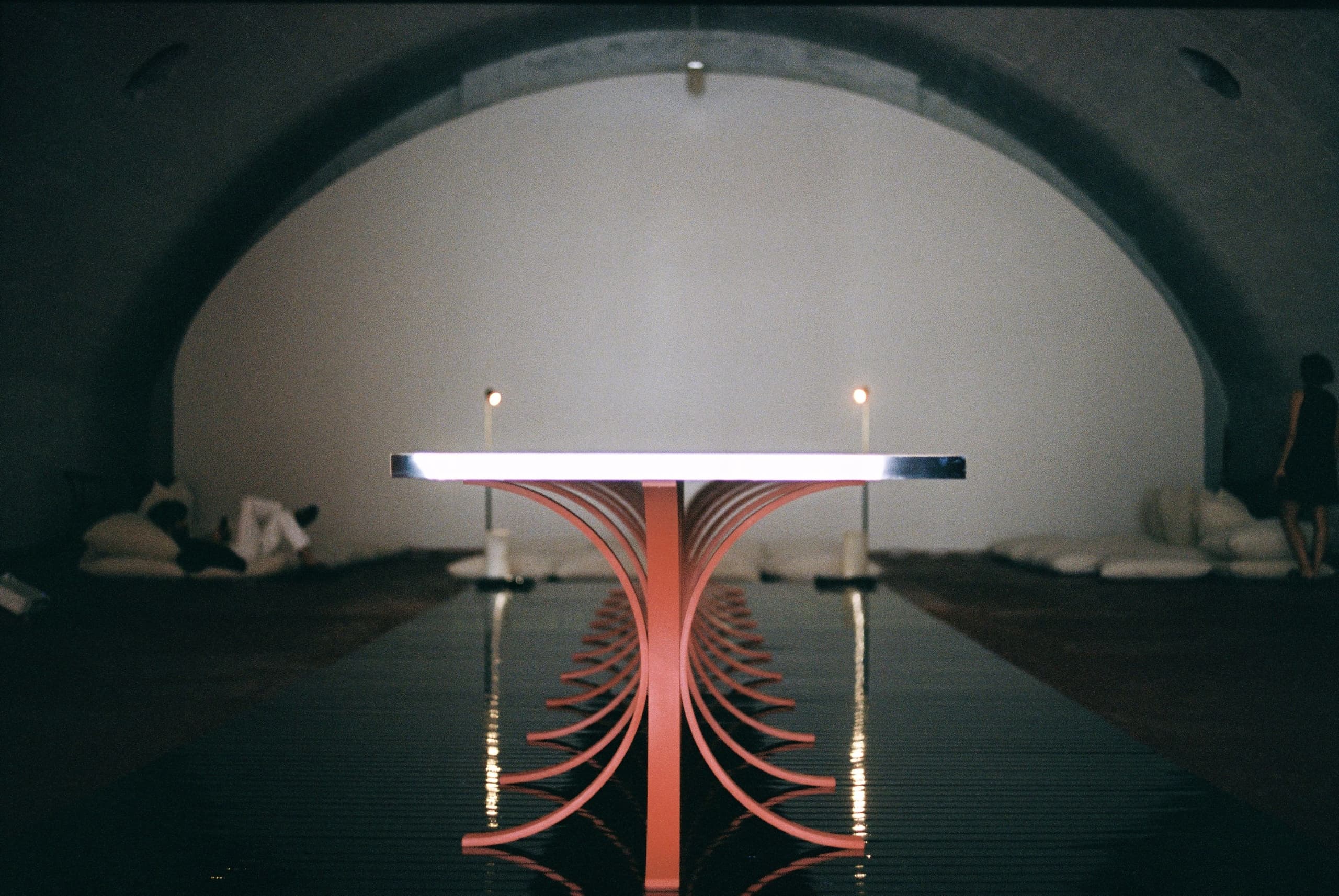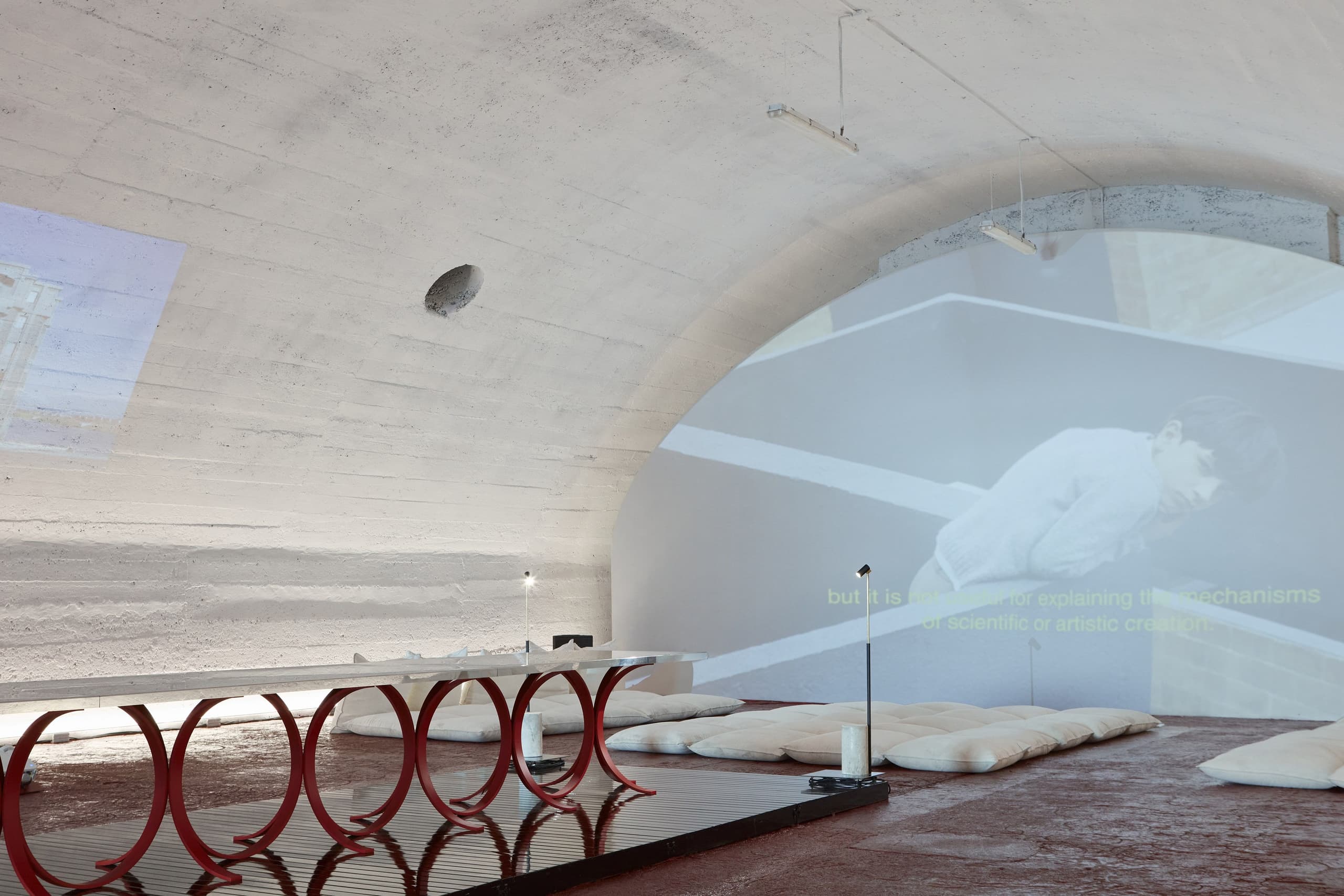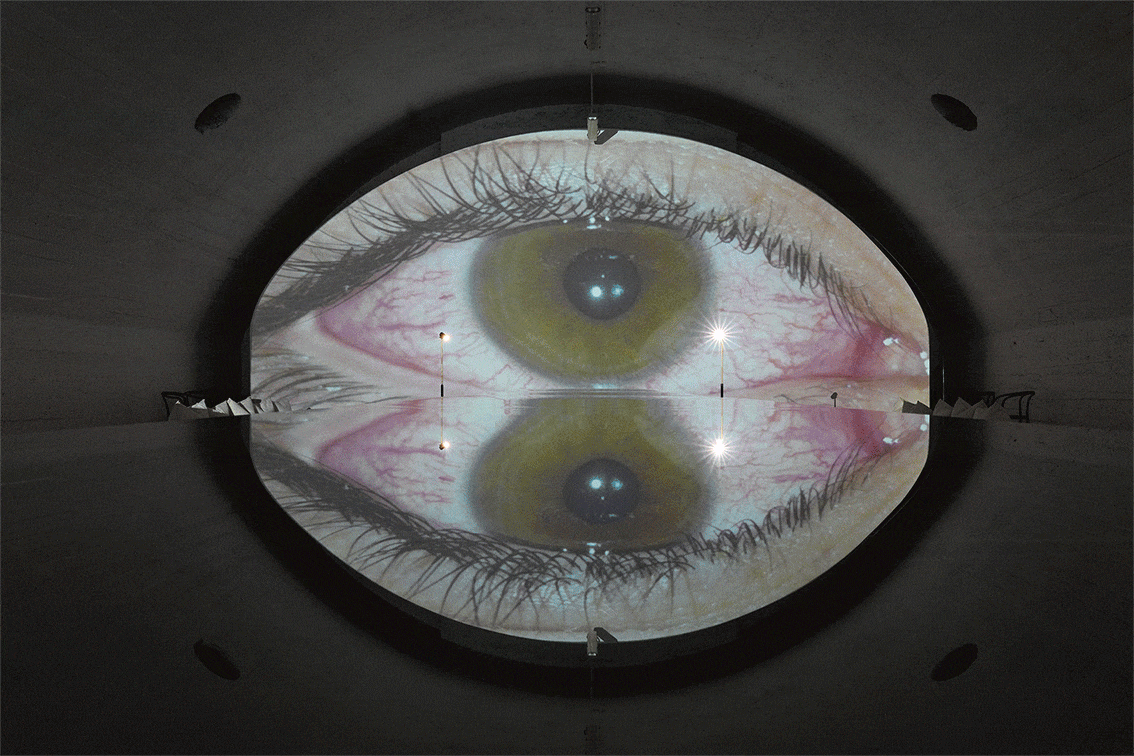La Fábrica
Sant Just Desvern
LOCATION
Milan
YEAR
2022
STATUS
Completed
CEO
Pablo Bofill
Design Principal
Hernan Cortes
collaborators
Albert Moya, Aitor Bigas, 380-750 nm, Apartamento Studios
team members
Joan Casas, Javier Jiménez
SEE CREDITS
OVERVIEW
LOCATION
Milan
YEAR
2022
STATUS
Completed
When an object is removed from its original context and placed in a museum, its meaning and role shift significantly. It is no longer simply a thing in the world but becomes an artefact, a symbol of the context from which it has been extracted. In the museum, the object enters history, yet comes "alive" in a new way, as it now exists within a dialogue between past and present.
For the 60th edition of Milan’s Salone del Mobile, the Taller was invited to take over one of the tunnels at the New Center for Architecture and Design. Into this space, a selection of pieces were brought from La Fábrica. These objects were exact re-creations, crafted by a small team of artisans and collaborators closely associated with the Taller – echoing a practice from earlier days, when the group worked alongside builder Emilio Bofill and his network of skilled hands.
The first and largest piece in the installation was the entrance to La Catedral, the main hall of the factory. Positioned in the tunnel, it stood like a fragment of the past: an arched doorway framed by classical columns, their capitals missing as if worn away by time. These classical orders have been a defining feature of the Taller’s work, appearing in projects like Le Lac and Les Espaces d’Abraxas, and shaping the principles of composition and proportion that underlie much of the design approach.
A film directed by Albert Moya, drawn from the Taller’s archives, was projected onto a curved screen at the back of the tunnel. These photographs and Super 8 footage harked back to the group’s formative years, paying tribute to the late Ricardo Bofill – who had passed away earlier that year – and underscoring the enduring values of the Taller.
Between the two walls ran a long mirrored tabletop, supported by a series of semicircular iron legs. These legs are Ricardo’s signature design and a familiar presence at La Fábrica, found in spaces such as the kitchen and his office. The addition of the mirrored surface introduced another dimension: as the projected film moved across it, the reflections formed an "eye," a motif that resonated within the curved walls of the tunnel as well as the film itself.
The installation was accompanied by a publication produced in collaboration with Apartamento Studios, which offered a further exploration of the Taller's archive.
IMAGES BY
GREGORI CIVERA
JANSEN AUI
HERNÁN CORTÉS
VIDEO BY
ALBERT MOYA




IMAGES BY
GREGORI CIVERA
JANSEN AUI
HERNÁN CORTÉS
VIDEO BY
ALBERT MOYA